Search
 Audi Tradition to commemorate numerous anniversaries in 2025
Audi Tradition to commemorate numerous anniversaries in 2025
After test drives in October 1934 with the Grand Prix racing car on the AVUS in Berlin, the Auto Union racing department started developing the vehicle that would later be known as the “Lucca” car. Just a few weeks later, in December 1934, it was presented during initial test drives on the AVUS. The record attempts were planned in Hungary but were moved to Italy at the last minute due to bad weather. The one-kilometer and one-mile records were targeted to be broken with a flying start on a five-kilometer stretch between Pescia and Altopascio. Test drives took place on February 14, 1935, and the next day, on February 15, the car piloted by Hans Stuck performed as planned and was heralded the “world’s fastest road-going car.” With a speed of 326.975 km/h reached near Lucca, the vehicle broke 26 world records and 13 international class records. The “Anniversary Dates 2025” booklet contains several additional anniversaries to discover, including 25 years of the first Audi victory at Le Mans and 25 years of Audi allroad quattro, 35 years of Audi duo hybrid vehicles, 40 years of fully galvanized bodies in large-scale automotive engineering, 50 years of the Audi 80 GTE, 55 years of the Audi 100 Coupé S, 60 years of the NSU Prinz 1000 TT and NSU Type 110, 75 years of the first post-war DKW passenger car, and 90 years of the Horch 850 series. A complete overview of the anniversary booklet is available in the Audi MediaCenter.
 Imagined over 90 years ago, now brought to life: Audi Tradition presents the Auto Union Type 52
Imagined over 90 years ago, now brought to life: Audi Tradition presents the Auto Union Type 52
Just one year later, Hans Stuck set a world record driving the car on the AVUS circuit in Berlin. When the innovative Auto Union and Mercedes-Benz race cars burst onto the international racing scene, the legend of the Silver Arrows was born. Swift as an arrow, these legendary powerhouses captivated audiences with their futuristic design and revolutionary technology. While Mercedes-Benz favored front-mounted engines, Auto Union was the first to place the engine behind the driver. This mid-engine layout remains the standard in Formula One today. In the years that followed, Auto Union set several world records, winning numerous hill climbs, three German championships, and the European championship in 1936 with the advanced Auto Union Type C. And the rest is history... Or maybe not quite, as one part of the story has yet to be told. Few people know that while the Grand Prix race cars were being developed, Auto Union AG and the Ferdinand Porsche design office also planned a street-legal sports sedan. The concept papers called the vehicle “Schnellsportwagen”, apparently its intended marketing name. Today, with its distinctive characteristics, the car most closely resembles a classic Gran Turismo. The Auto Union Type 52, as the project came to be known, was intended to be sold to customers for driving in long-distance races such as the Mille Miglia or in sports car competitions such as the endurance races at Spa-Francorchamps or Le Mans. There was also talk of the car being a factory race car. Sporty dynamics and everyday suitability are listed in the Auto Union Type 52 design specifications As early as the end of 1933, the Porsche design office drew up the first design sketches, which took on a more concrete form in 1934. The project managers decided to build a test car – but as far as we know today, it never materialized. The project was abandoned in 1935, and its trail lost in the archives of Audi and Porsche. But the developers left much groundbreaking work on paper.

The forged and milled 21‑inch wheels are reminiscent of the so-called “AVUS wheel”, which Audi unveiled in 1991 on the Audi Avus quattro study. With its clear and uncompromising lines, this iconic wheel belongs to the DNA of the Audi brand. The entire wheel surface is matte and darkened for the RS e-tron GT performance, which intensifies the vehicle’s sporty ambitions. The interior: Sporty elements and sustainable materials Audi’s new CI also shapes the interior with redesigned seats, steering wheel, entry sills, and digital content. The light projection from the door has also been adapted. When the driver’s door opens, a red diamond with a red shadow appears; the S version features a white diamond with a red shadow. New wooden inlays in natural linear anthracite birch are available for the e-tron GT family; for the RS e-tron GT performance, they are also available in matte carbon camouflage to match the exterior. New interior features include applications in Vanadium, an anthracite-colored effect finish that appears differently depending on the lighting. The applications are available as an option for the S e-tron GT and come as standard in the RS models. The new e-tron GT versions have a steering wheel flattened at the top and bottom. For the RS models, the steering wheel comes with two red control satellites and optionally with a 12 o’clock marking. The seats have also been upgraded.
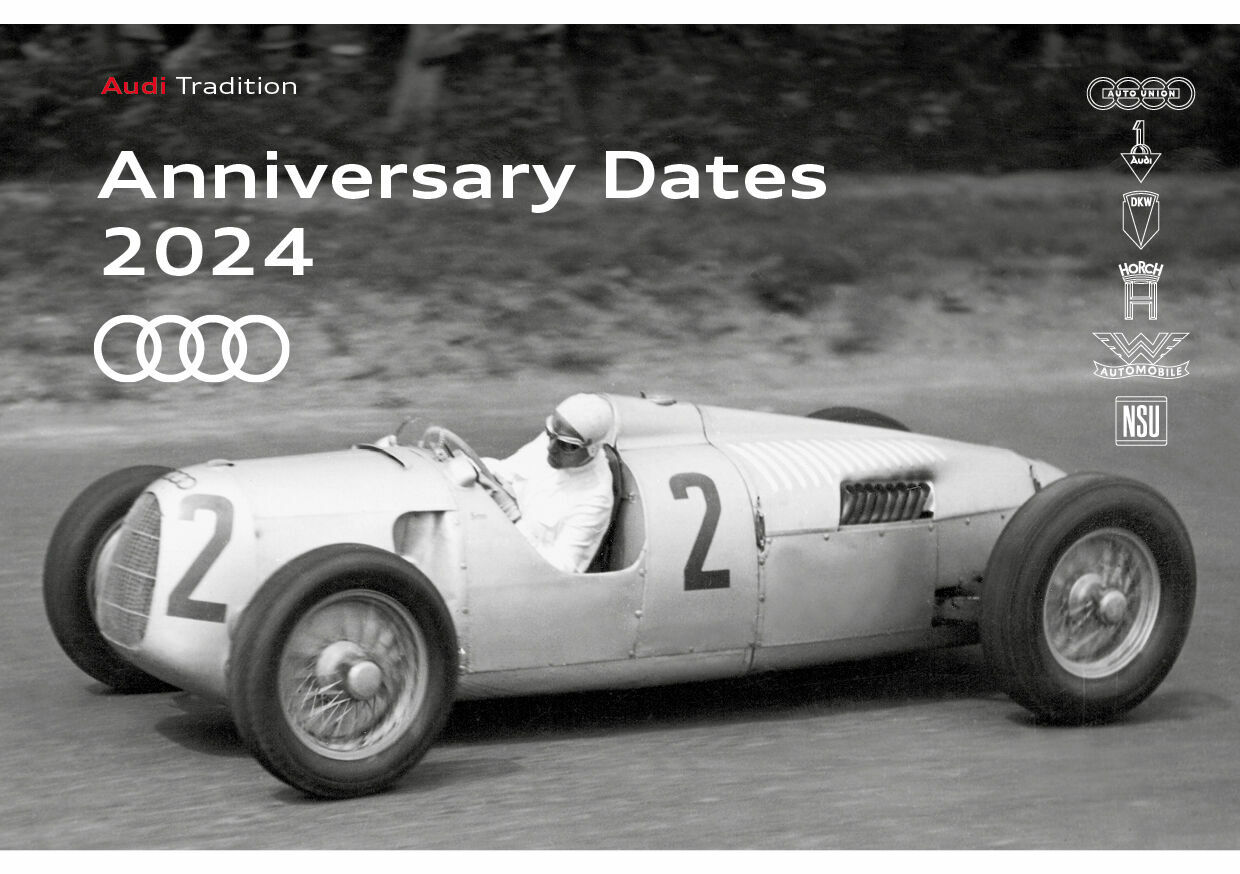 Audi Tradition to celebrate multiple anniversaries in 2024
Audi Tradition to celebrate multiple anniversaries in 2024
The Auto Union racecar made its first official appearance at the AVUS in Berlin on March 6, 1934, with Hans Stuck at the wheel. A few weeks later, on May 27, 1934, the Auto Union Type A, as it was called internally, made its debut on the international racing scene, ushering in the booming era of the Auto Union Silver Arrows.
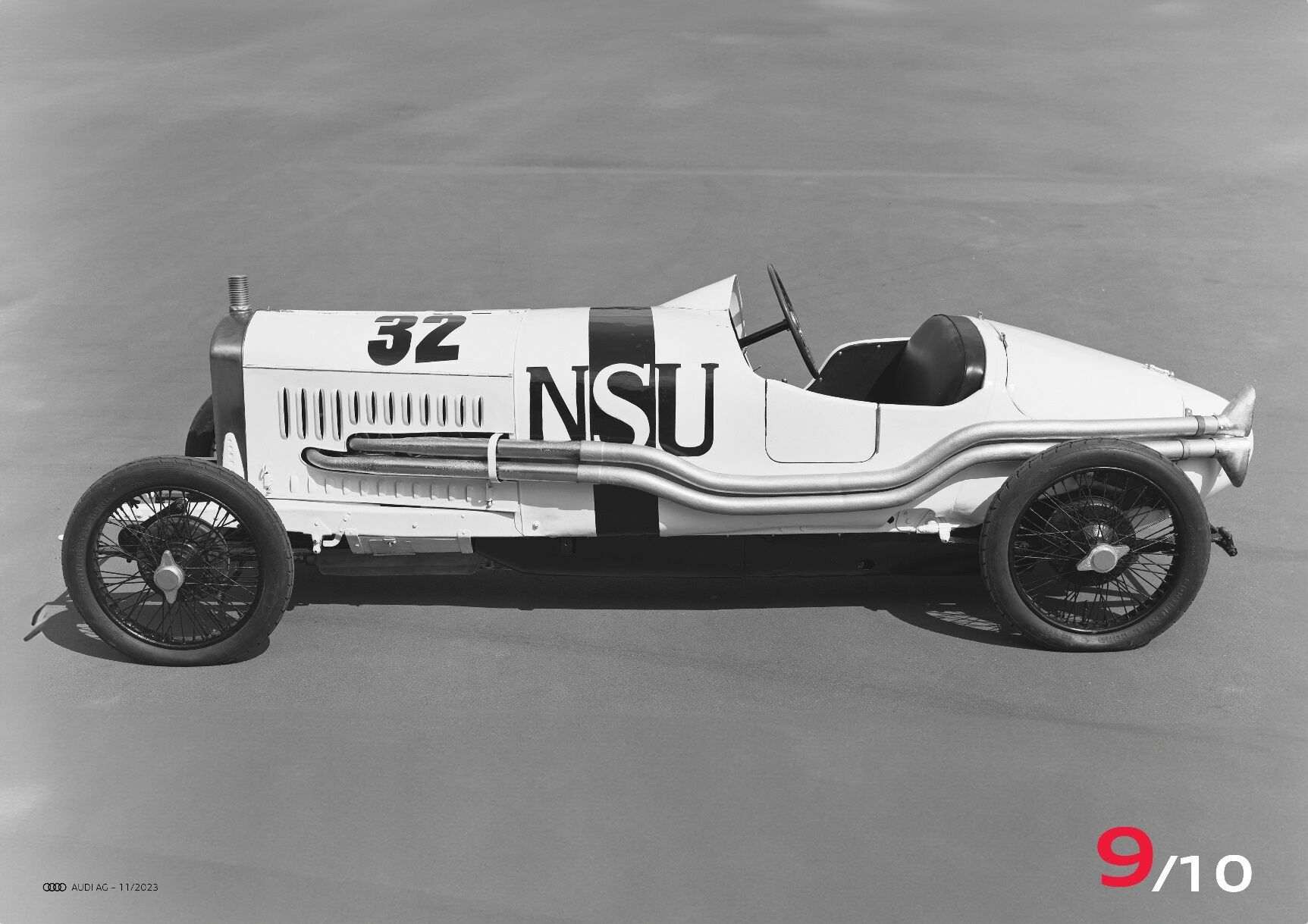 Quadruple victory for NSU Type 6/60 PS racing car at the German Grand Prix on the AVUS circuit
Quadruple victory for NSU Type 6/60 PS racing car at the German Grand Prix on the AVUS circuit
A quadruple victory by the white supercharged six-cylinder cars in their class at the first German Grand Prix on the AVUS circuit in Berlin in 1926 stands out in the story of NSU racing between the two world wars. In this ninth episode on the history of NSU to mark the brand’s 150th anniversary, Audi Tradition presents the pre-war NSU Type 6/60 PS racing car.
NSU participated in international automobile races as early as 1908. The company’s participation in the 1909 Prince Henry Tour — and numerous endurance and reliability races — was a great success. After World War I, the Automobil-Verkehrs- und Übungsstraße (AVUS) opened in Berlin in 1921. The circuit, which was closed to public traffic until 1940, served as the first race and test track in Germany to demonstrate the competitiveness of the country’s automotive industry. A “small” NSU, the NSU 8/24 PS, won its class at the first AVUS race in September 1921. The basic design of the racing version was the same as the production model; all the Neckarsulm-based company had to do was modify the car slightly to create an open-top racing two-seater. The company, then known as Neckarsulmer Fahrzeugwerke Aktiengesellschaft, returned to the drawing board and developed the NSU Type 6/60 PS specifically for racing. This racing car was NSU’s first six-cylinder model. The “6” designated its “tax horsepower”, which was necessary for classification in its tax class. The open two-seater had an output of 60 PS and weighed 830 kilograms (1,830 lb) with a top speed of 175 km/h (109 mph). It was built in 1925 and 1926 – regulations of the time meant it came only in white, the designated color for German racing. In 1925, the Neckarsulm-based company entered one of the new six-cylinder supercharged racing cars in the 450-kilometer International Taunus Race – and won.
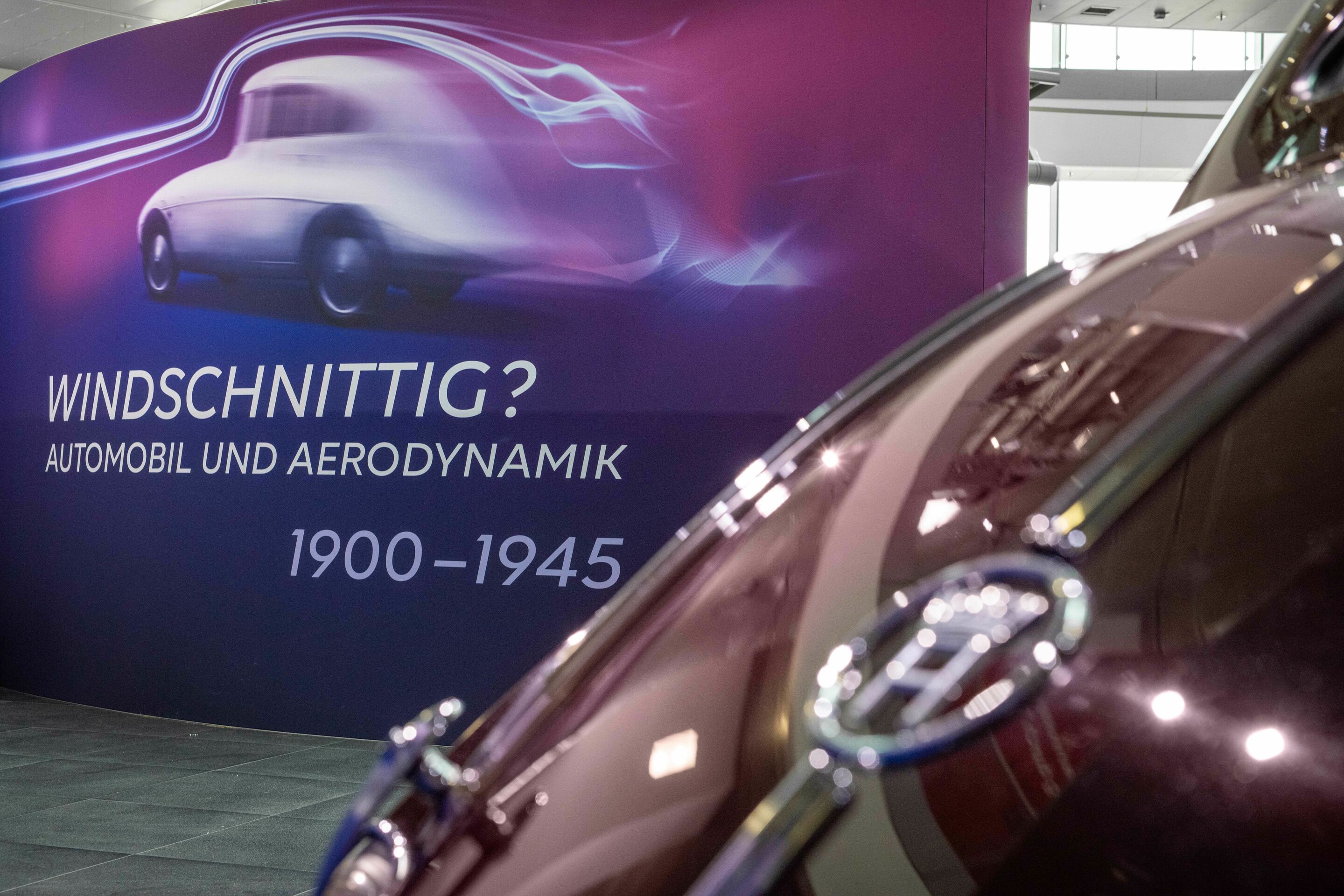 Things are going streamlined at the Audi museum mobile: new special exhibition on the history of aerodynamics
Things are going streamlined at the Audi museum mobile: new special exhibition on the history of aerodynamics
The streamlined car made its debut at the AVUS race in 1937, where it achieved record speeds of over 400 km/h (249 mph) in numerous record-breaking runs. The new special exhibition “Streamlined” at the Audi museum mobile presents the research and development, the driving personalities, and the basic aerodynamic concepts of the period up to 1945. Rare and unique vehicles are also on display – more than a dozen large exhibits. They document the remarkable combination of efficiency, sustainability, and design unique to aerodynamics. Stefan Felber, curator of the Audi museum mobile: “The highlight of our cross-brand special exhibition is the Audi Type C Jaray, which was completed in 2023. Experts had assumed that this car was built by Paul Jaray, based on a Audi Type K. During preparations for the special exhibition, the exhibition team’s research proved that this vehicle must have been based on an Audi Type C.” From December 1, anyone interested in how aerodynamics developed after 1945 can dive into its post-war history at the August Horch Museum in Zwickau. Visitors to the museum can look forward to almost two dozen large exhibits and other models in the follow-up exhibition titled “Form vollendet.” Thomas Stebich, who is responsible for both the Audi museum mobile and the August Horch Museum, emphasizes: “Our two-part exhibition series in both museums will present for the first time a comprehensive overview of the subject of aerodynamics from its beginnings to the present day.” From July 2024, the second part of the exhibition titled “Form vollendet” will move to the Audi museum mobile in Ingolstadt.
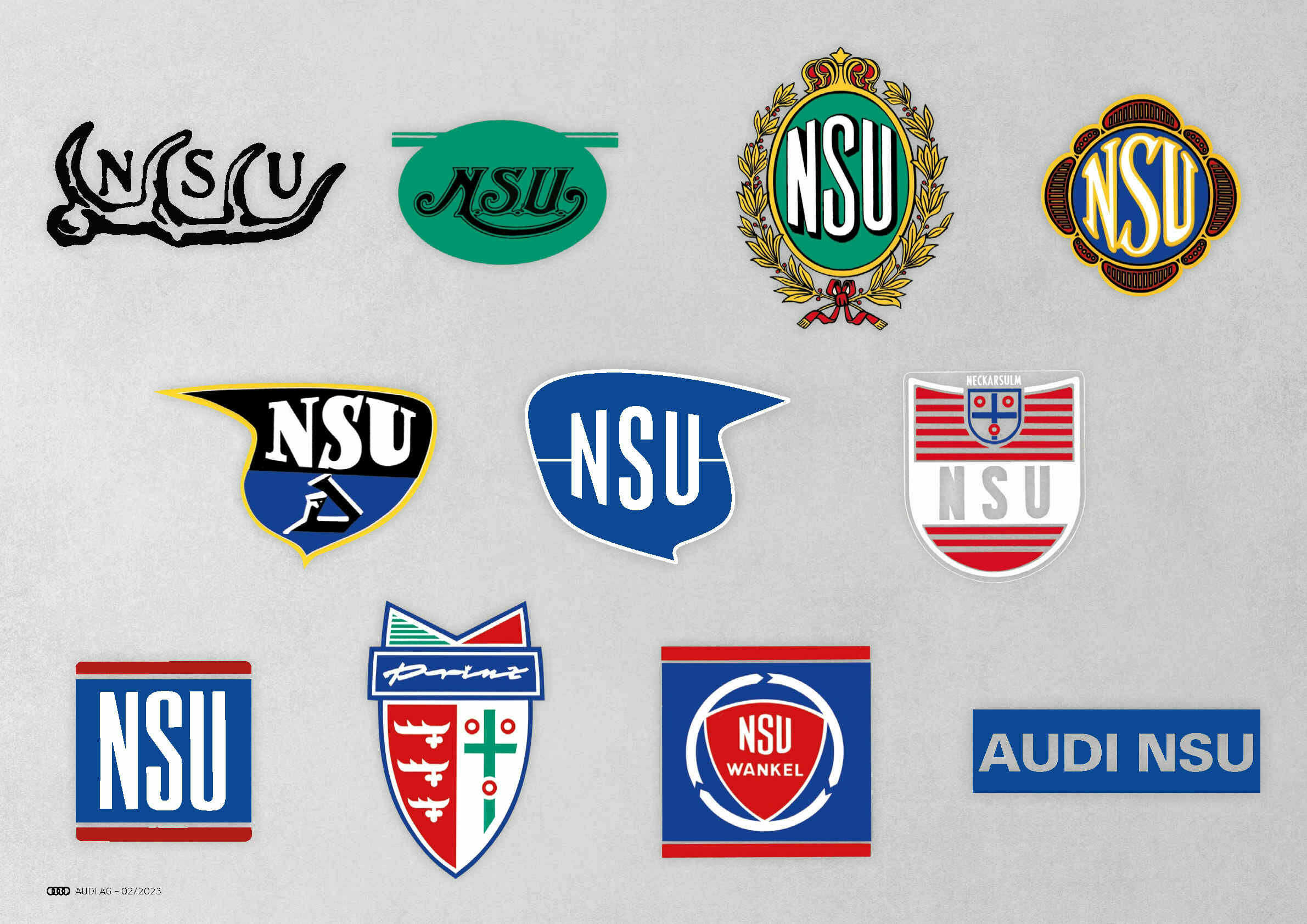 The traditional NSU brand and the Audi Neckarsulm site: 150 years of innovation and transformation
The traditional NSU brand and the Audi Neckarsulm site: 150 years of innovation and transformation
Here are a few highlights from several decades: In 1926, four supercharged NSU 6/60 PS race cars took a quadruple win at the Grand Prix of Germany for Sports Cars (Großen Preis von Deutschland für Sportwagen) at the AVUS in Berlin. In the 1960s and 70s, the NSU Prinz, the NSU Wankel Spider and the NSU TT put their technical skills to the test in touring car racing, thrilling millions of spectators at racetracks all over the world. And one little guy always came out on top: the NSU Prinz TT. With this model, a total of 29 national championships were won in Europe and North America, while Willi Bergmeister became the German hill-climb champion in 1974. Overview of the most important milestones: The history of NSU and Audi’s Neckarsulm site 1873 Christian Schmidt and Heinrich Stoll establish a factory to produce knitting machines in Riedlingen, on the Danube. 1880 The company relocates to Neckarsulm. 1886 Bicycle production begins. 1900 Motorcycle production begins 1906 Production of automobiles begins with the Original Neckarsulmer Motorwagen 1928 Independent automobile production ends and the factory in Heilbronn is sold. 1933 Ferdinand Porsche commissions the construction of the NSU/Porsche Type 32, the VW Beetle’s predecessor. 1945 The plant is partially destroyed in World War II; production gradually resumes starting in mid-1945. 1955 NSU Werke AG becomes the biggest producer of two-wheelers in the world. 1958 Automobile production resumes with the NSU Prinz I to III. 1964 Production begins on the NSU Wankel Spider convertible, the world’s first production car with a rotary piston engine. 1967 Series production of the NSU Ro 80 sedan begins, which is voted Car of the Year for its futuristic design and rotary piston engine. 1969 Merger with Auto Union GmbH Ingolstadt to become AUDI NSU AUTO UNION AG; the majority shareholder is Volkswagen AG. 1974/75 The site is threatened with closure during the oil crisis.
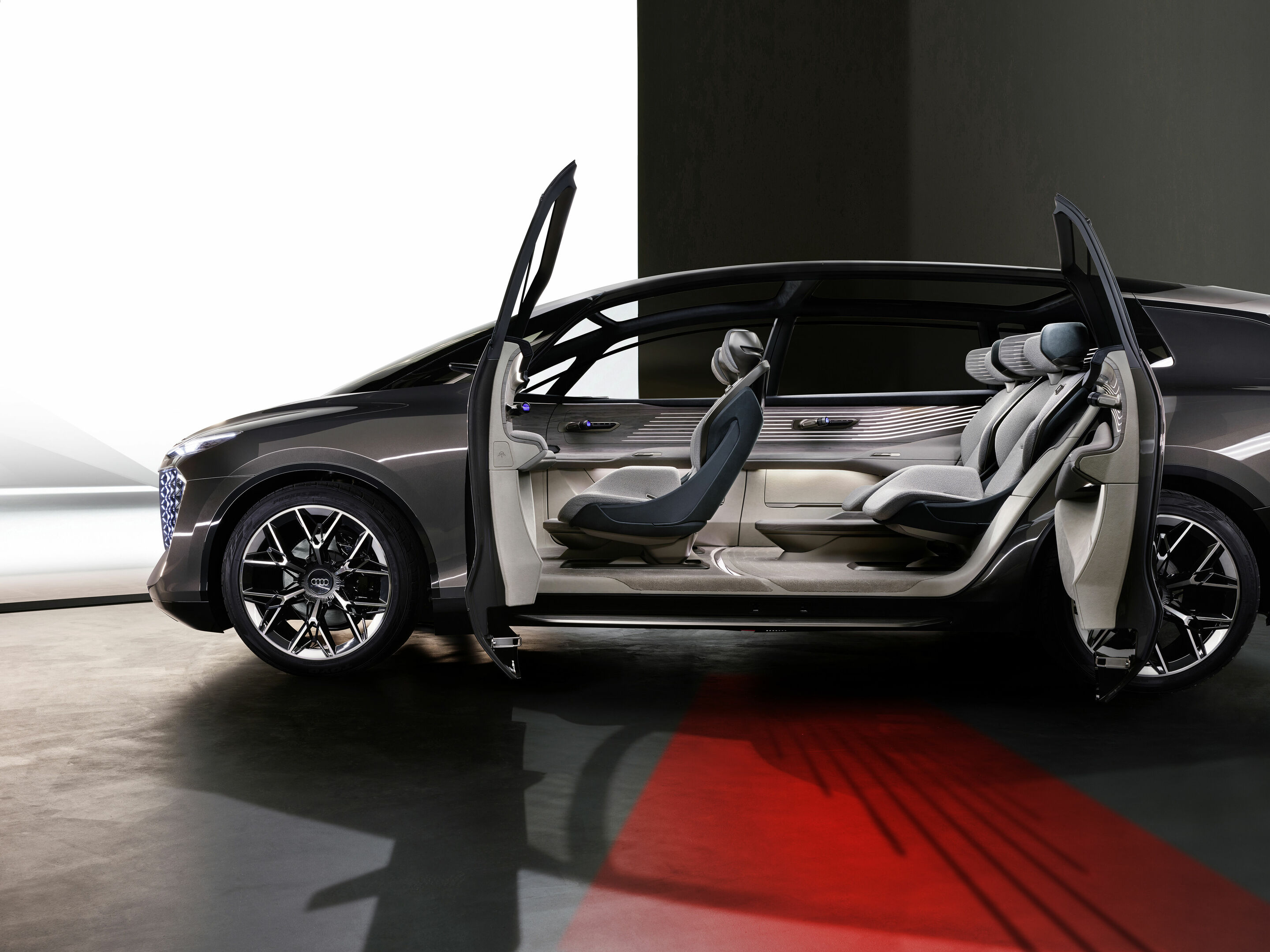 Space travel in the heart of the megacity
Space travel in the heart of the megacity
The flowing silhouette of the vehicle body features traditional Audi shapes and elements, which are combined here to create a new composition featuring the distinctive Singleframe, with the digital eyes of the adjacent lighting units, a widely curved, dynamic roof arch, a massive rocker panel that conceals the battery unit, large 24-inch six double spoke wheels (a reference to the iconic 90’s Audi Avus concept car) which convey lightweight design and stability, reminiscent of functional motorsport wheels and the Bauhaus tradition of the brand’s design. The implied wedge shape of the vehicle body is emphasized by the large, flat windshield. At the front and also at the rear, there are large digital lighting surfaces that leave their mark on the design and at the same time serve as communication elements. The Audi urbansphere defies classification into conventional vehicle categories. Nevertheless, it reveals itself to be a typical Audi at first glance. The similarities to the Audi grandsphere concept are particularly eye-catching. The monolithic design of the vehicle body shares commonalities with these two concept cars, as do the sculpted, soft shape of the wheel arches. A long wheelbase of well over three meters (9.8 feet) and short overhangs indicate that this is an electric vehicle. Elegance, dynamism, an organic design language – these are the attributes that immediately spring to mind despite the stately proportions of the Audi urbansphere, just as they do in the significantly flatter grandsphere. Visible technology – light In the front end, there is an innovative interpretation of the Singleframe that defines Audi’s look: it is shaped like a large octagon. Even though the grille has lost its original function as an air intake on the EV, it still remains prominent as an unmistakable signature of the brand. The digital light surface lies behind a slightly tinted, transparent visor that covers a large area of the front.